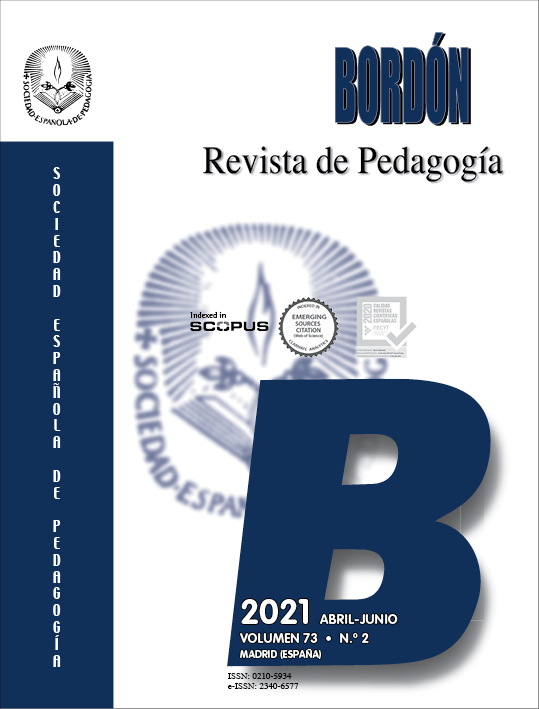Experts consensus on care measures for children who are victims of gender violence
Main Article Content
Abstract
INTRODUCTION. Gender violence has been recognized as a violation of human rights and a global public health problem that affects abused women and their children; although the latter have usually been invisible as victims. The literature shows the consequences of exposure to gender violence on children and teenagers, in the physical, psycho-emotional, behavioural, and at the academic and social levels too. In order to attend their needs, different initiatives have been developed in the international and national spheres. However, the perspective of the professionals on the support and escort service responses the children has been scarcely researched and systematized. METHOD. In this study we propose to analyze which are the measures that the experts consider adequate and workable to attend the needs of the sons and daughters who are victims of gender violence. For this purpose, after a review of the literature, a pool of measures or good practices were drawn up, from which a total of 53 were selected and evaluated by expert panellists from different fields (Education, Health, Legal, Social and State Security Forces), on a Likert scale. Through the analysis of the agreement index, the reliability in the scores given by the experts for the dimensions of adequacy and feasibility was confirmed (Hanlon method). RESULTS. Taking as a cut-off point the third quartile, those measures or good practices that the experts evaluated as adequate and workable were selected. DISCUSSION. Taking into account the limitations of this study, the implications that could be of interest for the competent administrations in the design of training and resources for care and escort service of children and teenagers are discussed.

